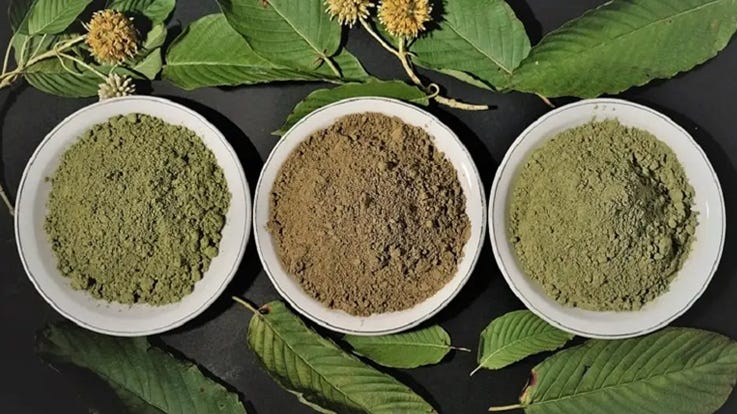Kratom powder, derived from the leaves of the Mitragyna speciosa tree native to Southeast Asia, holds profound cultural significance in the regions where it has been traditionally used. For centuries, this botanical substance has been integral to the lives of indigenous communities in countries such as Thailand, Indonesia, and Malaysia. Its role in these societies extends beyond mere consumption; it is deeply intertwined with their cultural, social, and medicinal practices. In traditional Southeast Asian cultures, kratom has been employed for its psychoactive and medicinal properties. The leaves of the kratom tree are chewed, brewed into tea, or ground into a powder and consumed for their stimulating or sedative effects, depending on the dosage. This versatility makes kratom a valuable tool in daily life. For instance, in Thailand, kratom has been used as a stimulant to alleviate fatigue during long workdays, particularly in agricultural and labor-intensive activities. It enhances stamina and reduces pain, allowing workers to endure the physical demands of their tasks.

Kratom also holds a ceremonial and social role within these communities. In traditional Thai culture, kratom is often consumed in social gatherings and during communal events. It fosters a sense of camaraderie and connection among participants, reinforcing social bonds. The ritualistic aspects of kratom use can be seen in its association with traditional ceremonies and healing practices. For example, in some Indonesian cultures, kratom is used in spiritual rituals and as a component of traditional medicine, where it is believed to have properties that can connect individuals with the spiritual realm and promote overall well-being. Moreover, kratom has been utilized in traditional medicine for centuries. Indigenous healers, or shamans, use kratom in various forms to treat ailments and manage pain in most potent white thai kratom. The plant’s alkaloids, such as mitragynine and 7-hydroxymitragynine, have been reported to possess analgesic and anti-inflammatory properties, making them valuable in managing chronic pain and other health conditions. The knowledge of kratom’s medicinal uses is passed down through generations, embodying the collective wisdom of these communities.
Despite its historical and cultural significance, kratom has faced scrutiny and legal challenges in recent years. The rising popularity of kratom in the West, coupled with concerns about its safety and potential for abuse, has led to regulatory debates. In some countries, kratom has been classified as a controlled substance, impacting its availability and use. This regulatory pressure often overlooks the plant’s cultural and historical context, leading to conflicts between traditional practices and modern legal frameworks. Understanding the cultural significance of kratom powder provides valuable insights into the complex relationship between indigenous practices and global perceptions. It highlights the need to balance respect for traditional knowledge with contemporary health and safety considerations. As discussions about kratom continue to evolve, acknowledging and preserving the cultural heritage associated with its use remains essential for appreciating its role in the lives of Southeast Asian communities. This respect for cultural practices ensures that the rich history and significance of kratom are not overshadowed by contemporary controversies.